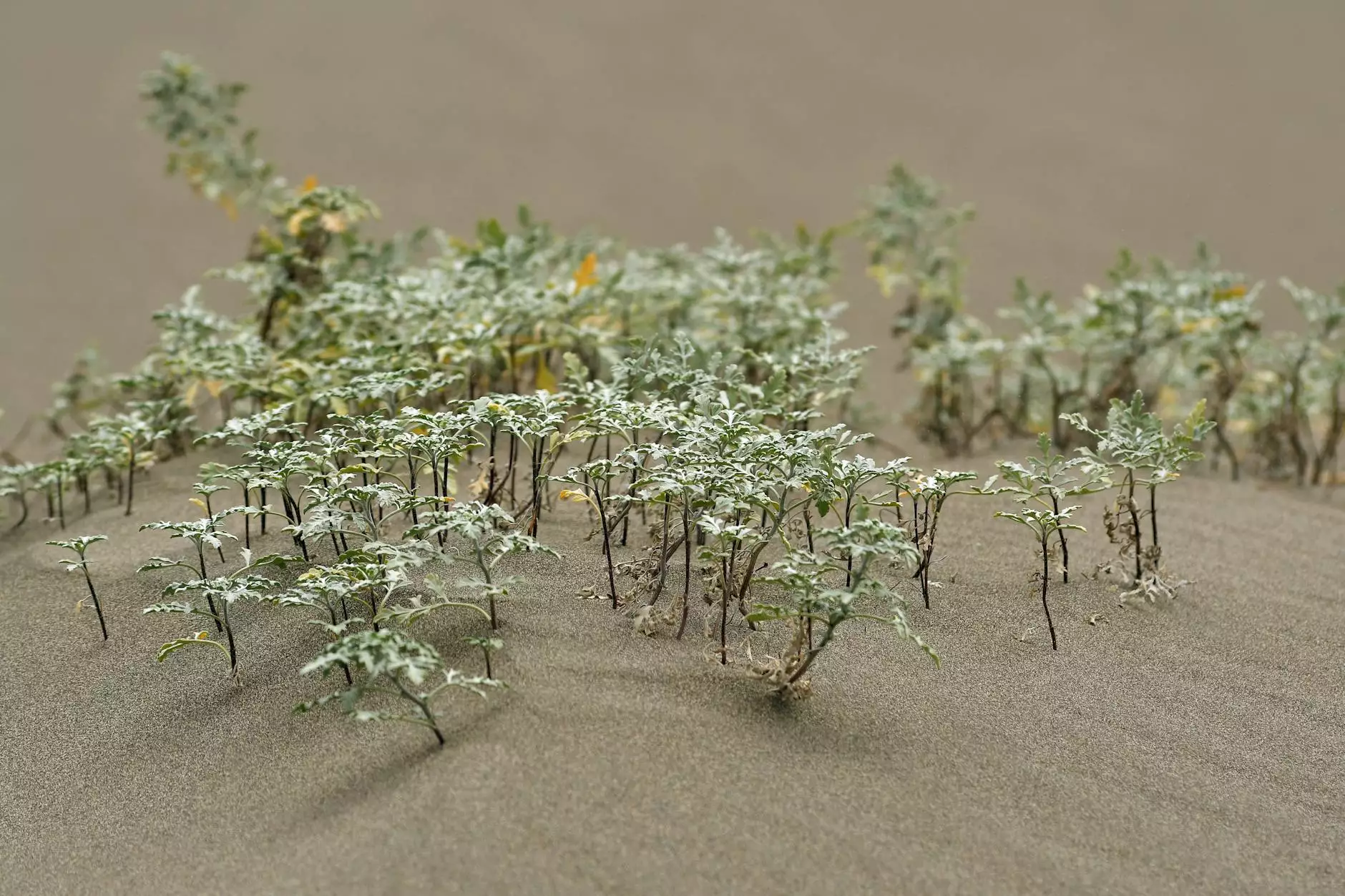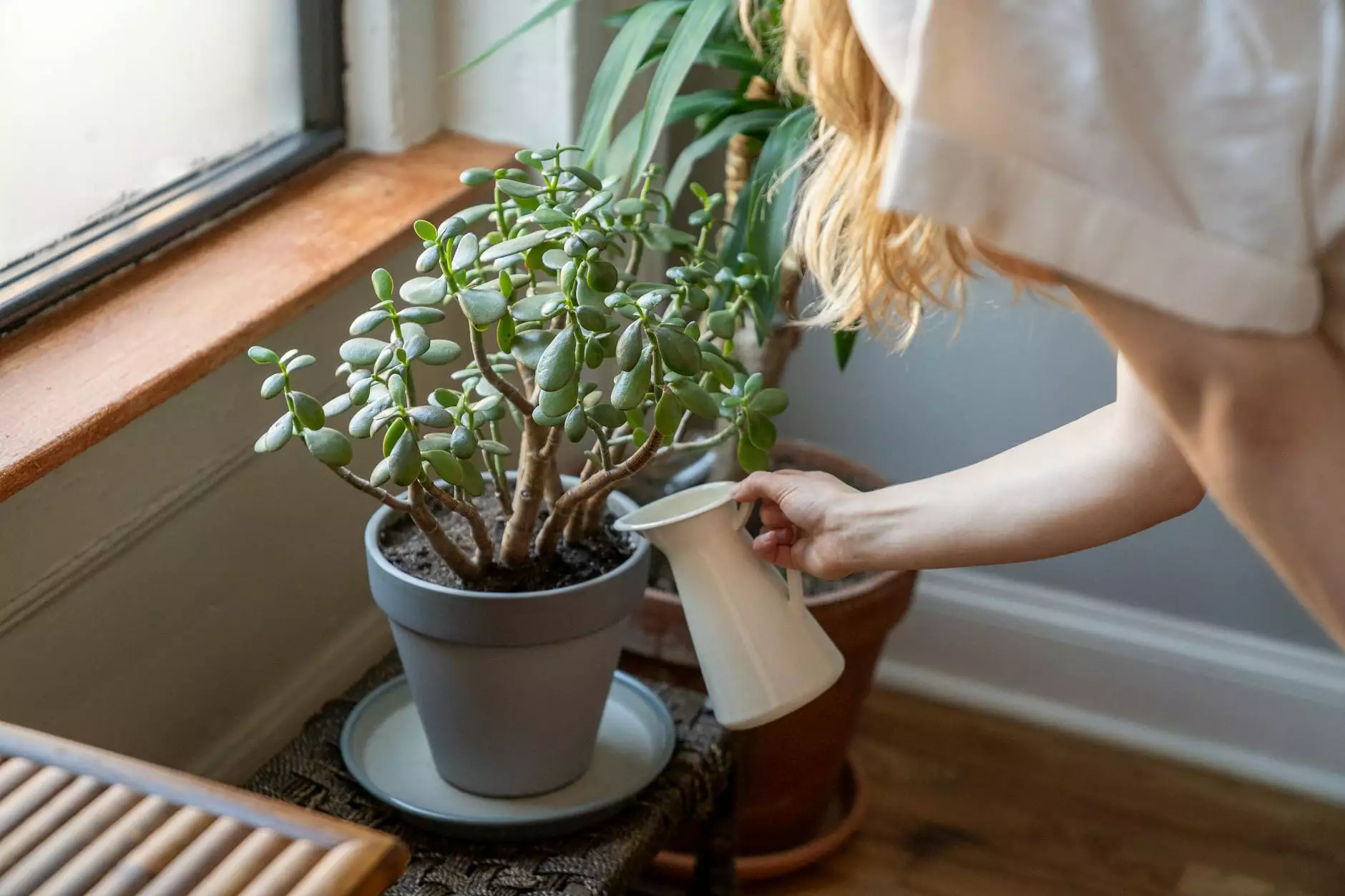Learn How to Care for Hostas

Hostas are beloved ornamental plants known for their lush foliage and versatility in gardens. Proper care and maintenance are essential for keeping your hostas healthy, vibrant, and thriving. In this comprehensive guide, La Venezia Art & Fashion will provide you with expert tips and advice on how to care for your hostas and ensure they reach their full potential.
Choosing the Right Location for Your Hostas
When it comes to growing hostas, selecting the right location is crucial. These shade-loving plants prefer areas with partial to full shade, although some varieties can tolerate more sun exposure. Avoid planting hostas in direct sunlight, as it can scorch their delicate leaves and hinder their growth.
Ensure the soil in the chosen location is well-draining and rich in organic matter. Hostas thrive in soil with a slightly acidic to neutral pH level. It's also advisable to prepare the soil by incorporating compost or well-rotted manure to enhance its fertility and texture.
Planting and Transplanting Hostas
Hostas can be planted in spring or fall, when the soil is not too hot or frozen. Before planting, make sure to dig a hole that is deep and wide enough to accommodate the plant's root system. Gently remove the hosta from its container or existing location, being careful not to damage the roots.
Place the hosta in the prepared hole, ensuring that the crown (where the leaves meet the roots) sits slightly above the soil level. Backfill the hole with soil, firming it gently to eliminate air pockets. Water thoroughly to settle the soil around the roots and provide initial hydration.
If you need to transplant a mature hosta, it's best to do so in early spring or late summer when the weather is cooler. Make sure to water the plant well before and after transplanting to minimize stress and promote successful establishment.
Watering and Moisture Requirements
Hostas have moderate water requirements, benefiting from consistent moisture without being overly saturated. While they appreciate regular watering, especially during hot and dry periods, it's important not to overwater them, as it can lead to root rot and other issues.
When watering your hostas, aim to keep the soil evenly moist but not waterlogged. Monitor the moisture levels by touching the soil with your fingers. If it feels dry, it's time to water. Consider using soaker hoses or drip irrigation to provide a slow, deep watering that allows the roots to absorb moisture effectively.
Fertilizing for Optimal Growth
Regular fertilization plays a crucial role in promoting the growth and vitality of your hostas. Before the growing season begins, apply a slow-release balanced fertilizer specifically formulated for ornamental plants. This will provide a steady supply of essential nutrients throughout the season.
During the active growing period, you can supplement with water-soluble fertilizers to provide an extra boost of nutrients. Follow the package instructions carefully to avoid over-fertilization, which can burn the plant's roots and cause damage.
Controlling Pests and Diseases
While hostas are generally hardy and pest-resistant, they can still be susceptible to certain pests and diseases. Slugs and snails are common predators that can cause damage to the leaves, resulting in unsightly holes and blemishes.
To control slug and snail populations, consider using organic pest control methods such as beer traps, copper tape, or diatomaceous earth. These barriers help deter these pests from reaching your hostas. Additionally, regularly inspect your plants for signs of other common issues such as fungal diseases and treat them promptly using appropriate fungicides.
Dividing and Propagating Hostas
Over time, hostas can outgrow their space and may need to be divided. Dividing hostas not only helps manage their size but also allows you to propagate additional plants to expand your hosta collection.
To divide a mature hosta, carefully dig up the entire plant and use a sharp knife or garden spade to separate it into smaller sections, making sure each division has a healthy set of roots and leaves. Replant the divisions in desired locations, following the planting instructions mentioned earlier.
Winter Care and Protection
During the winter months, hostas go dormant and enter a period of rest. Adequate winter care is essential to protect them from frost damage and ensure their vitality in the following growing season.
Before the first frost, cut back the faded leaves to around 2-3 inches above the ground. This helps prevent the buildup of snow and ice on the foliage, reducing the risk of breakage. You can also mulch around the base of the plants with a layer of organic material, such as shredded leaves or straw, to provide insulation and protect the roots from extreme temperatures.
Conclusion
With the right care and attention, your hostas can thrive and enhance the beauty of your garden. La Venezia Art & Fashion hopes that this comprehensive guide has equipped you with the knowledge and techniques necessary to successfully care for your hostas. By following these expert tips, you can enjoy vibrant, healthy hostas that will be the envy of any garden.



